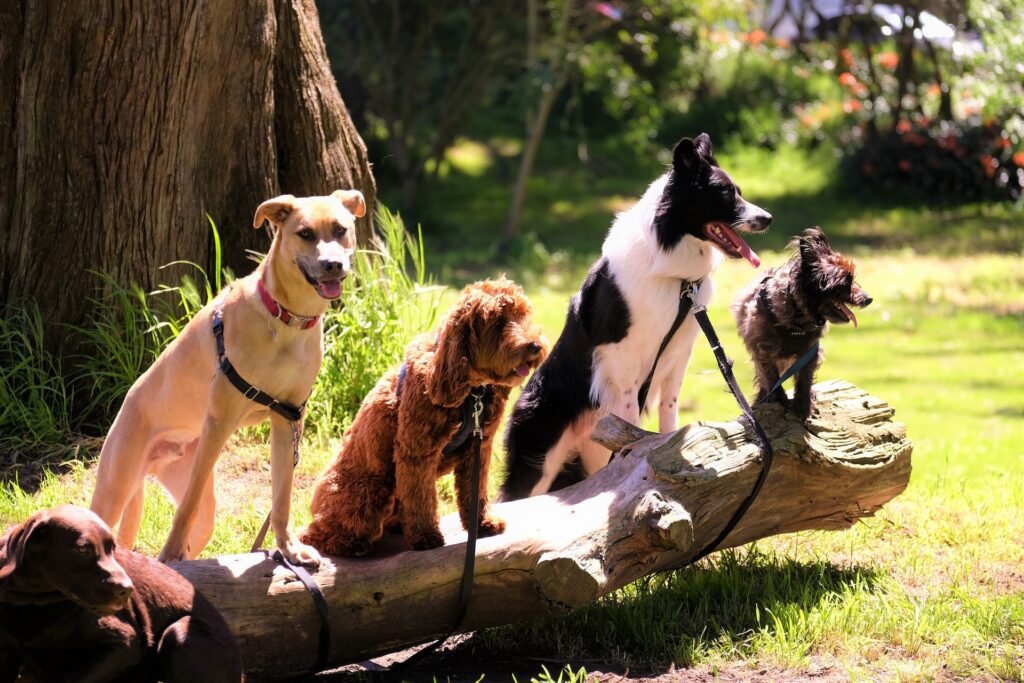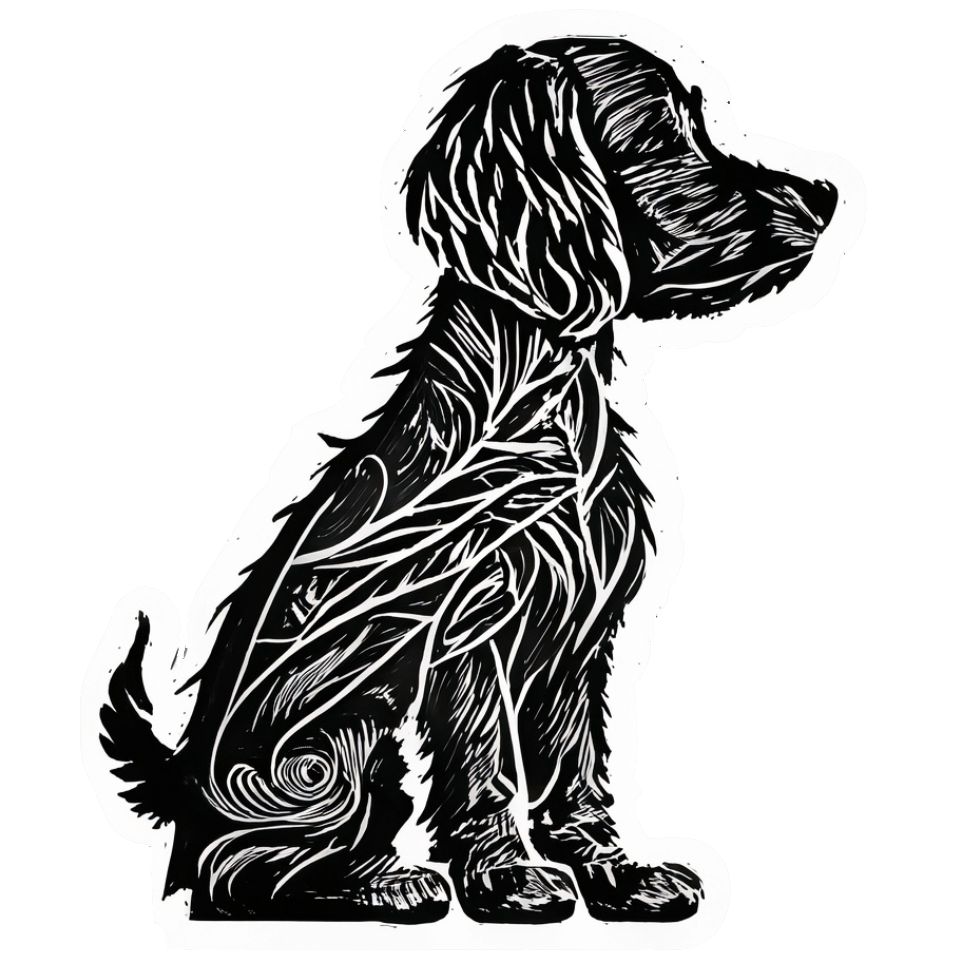
The history and origin of different dog breeds is a fascinating journey that takes us back thousands of years. Dogs, known as man’s best friend, have been a part of human life for millennia, and understanding the evolution of various breeds provides a glimpse into human history as well.
The domestication of dogs began around 20,000 to 40,000 years ago when wolves were first tamed by ancient hunter-gatherers. This relationship between humans and wolves laid the foundation for the development of different dog breeds. Over time, as human societies evolved and spread across the globe, so did the need for dogs with specific traits and abilities.
In ancient Egypt, dogs were revered and often depicted in art and literature. The Pharaoh Hound, one of the oldest known breeds, has a history that can be traced back to 4000 B.C. in Egypt. Similarly, the Greyhound’s lineage goes back to ancient civilizations, where they were used for hunting due to their incredible speed and agility.
In Asia, breeds like the Shar Pei and Shih Tzu were developed with unique characteristics that made them stand out. The Shar Pei, known for its wrinkled skin, was a symbol of royalty in China. The Shih Tzu, often referred to as the “Lion Dog,” was a favorite among Chinese emperors.
Europe played a significant role in the development of many dog breeds. The German Shepherd, bred in Germany in the late 19th century, was designed for herding and protecting livestock. The Dachshund, also from Germany, was bred for hunting small game. In England, breeds like the Bulldog and Beagle were developed for specific purposes, such as bull-baiting and hare hunting, respectively.
The New World brought about the development of American breeds like the American Pit Bull Terrier and the Boston Terrier. These breeds were often a mix of European dogs brought by settlers, adapted to the unique needs and environments of the Americas.
Selective breeding played a crucial role in the development of different dog breeds. By choosing specific traits and characteristics, humans were able to create breeds that served particular purposes, whether for hunting, herding, guarding, or companionship. This selective breeding led to the vast diversity of breeds we see today, each with its unique history and purpose.
The Kennel Clubs and breed registries that emerged in the 19th and 20th centuries further standardized and categorized breeds. These organizations set specific standards and guidelines for each breed, ensuring consistency and preserving the unique characteristics that define each one.
The history and origin of different dog breeds is a complex and intriguing story that reflects human culture, needs, and innovation. From the ancient relationship with wolves to the selective breeding practices of today, the journey of dog breeds is a testament to the deep and enduring connection between humans and their canine companions. Whether for work, sport, or companionship, dogs continue to play a vital role in our lives, and understanding their history enriches our appreciation for these remarkable animals.
